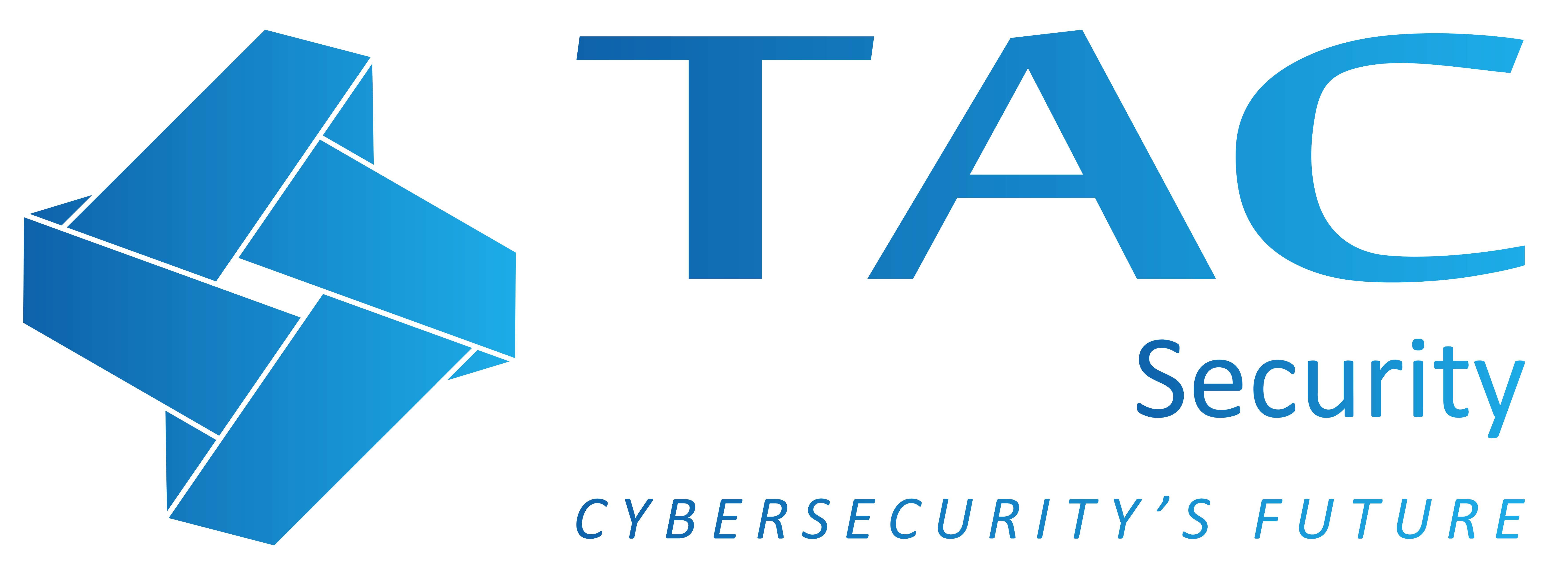Google Warns of Actively Exploited Vulnerability in Android System (CVE-2024-43093)

In a recent security update, Google issued a warning about a critical vulnerability in its Android operating system, tracked as CVE-2024-43093, which is currently being actively exploited in the wild. This vulnerability, affecting the Android Framework component, poses a significant security risk to millions of Android users worldwide. In this article, we’ll explore the details of CVE-2024-43093, its potential impact, and the role of security solutions like TAC Security’s ESOF Products in mitigating such threats.
What is CVE-2024-43093
CVE-2024-43093 is a privilege escalation vulnerability discovered within the Android Framework component. Privilege escalation flaws allow attackers to gain unauthorized access to higher system privileges, effectively bypassing the security mechanisms built into the operating system. This specific flaw gives attackers the potential to access sensitive directories in the Android file system, such as:
– Android/data
– Android/obb
– Android/sandbox
These directories store important user data and app-specific files, which, if compromised, could expose sensitive information, modify app data, or allow attackers to inject malicious software. This could lead to data breaches, privacy violations, and even remote code execution.
While Google has not disclosed the precise methods attackers are using to exploit CVE-2024-43093, the company has confirmed that the vulnerability is actively being exploited in the wild. These types of targeted attacks often focus on high-value individuals, such as government officials, journalists, and activists, who are at risk of being targeted by advanced persistent threats (APTs) or spyware campaigns.
How CVE-2024-43093 Works
At a high level, CVE-2024-43093 works by allowing attackers to bypass the security layers of the Android operating system, giving them elevated privileges. The vulnerability specifically impacts the Android Framework, which is responsible for managing app permissions, resources, and other system functions. By exploiting this flaw, an attacker can escalate their access level and access protected system directories like Android/data, Android/obb, and Android/sandbox, which store user data and application files.
Exploiting privilege escalation flaws is particularly dangerous because it allows attackers to break out of the “sandbox” environment that isolates apps from one another, enabling cross-app communication and unauthorized system access. Such vulnerabilities, if left unpatched, can allow attackers to silently compromise devices and escalate their access to install rootkits, steal personal data, or execute code without the user’s knowledge.
While the exact exploitation vector for this vulnerability remains unclear, it is likely that attackers are deploying sophisticated malware or spyware in targeted attacks against individuals whose data and communications are of high value.
Broader Context: CVE-2024-43047 and Other Security Vulnerabilities
In addition to CVE-2024-43093, Google has flagged CVE-2024-43047, a vulnerability in Qualcomm’s chipsets, as actively exploited. This vulnerability, a use-after-free flaw found in Qualcomm’s Digital Signal Processor (DSP), could lead to memory corruption, allowing attackers to gain further control over the device. By exploiting both vulnerabilities together in an exploit chain, attackers could gain full system control, elevate their privileges, and perform even more malicious actions.
This highlights a concerning trend in mobile security: vulnerabilities are increasingly being exploited in combination, allowing attackers to achieve more advanced forms of attack and maintain persistence on compromised devices.
Moreover, CVE-2024-32896, another Android Framework flaw, was actively exploited earlier in 2024, underscoring the ongoing risk Android devices face from privilege escalation vulnerabilities. Although CVE-2024-32896 was initially patched for Google Pixel devices, it was later found to affect a broader range of Android devices.
The Role of TAC Security’s ESOF Products in Mitigating Cybersecurity Threats
The discovery of vulnerabilities like CVE-2024-43093 emphasizes the importance of comprehensive cybersecurity solutions for both businesses and individual users. One such solution is TAC Security’s ESOF (Enterprise Security in One Framework), a holistic approach to cybersecurity designed to help organizations protect their digital assets from a wide range of threats, including privilege escalation and exploitation of system vulnerabilities.
What is TAC Security’s ESOF
TAC Security’s ESOF is an integrated cybersecurity framework that provides end-to-end protection by addressing vulnerabilities, monitoring security risks, and offering real-time threat intelligence. ESOF offers a wide array of tools that help organizations identify, assess, and mitigate security risks across their entire digital ecosystem. The platform is designed to help organizations ensure the security of their systems, applications, and networks against modern-day threats, including zero-day exploits, privilege escalation, and other sophisticated attacks.
Key features of TAC Security’s ESOF framework include:
1.Vulnerability Management and Remediation: ESOF helps organizations identify known vulnerabilities within their infrastructure, applications, and devices—similar to CVE-2024-43093 in Android. The platform provides actionable insights and automated remediation workflows to fix vulnerabilities before they can be exploited.
2.Real-Time Threat Intelligence: With its built-in threat intelligence capabilities, TAC Security’s ESOF platform enables real-time monitoring of potential threats. This helps organizations detect and respond to cyberattacks quickly, reducing the risk of exploitation.
3.Security Posture Assessment: ESOF helps assess an organization’s overall security posture, offering recommendations for improving system hardening and patch management. This proactive approach minimizes the risk posed by security flaws such as privilege escalation vulnerabilities.
4.Patch Management: A key defense against exploits like CVE-2024-43093 is timely patching. ESOF simplifies the patch management process by ensuring that critical updates and security patches are applied promptly across an organization’s systems.
5.Risk Assessment and Prioritization: Using a combination of automated scanning and manual analysis, ESOF helps organizations prioritize vulnerabilities based on their risk to the business. This ensures that the most critical security weaknesses are addressed first.
6.Compliance and Regulatory Support: TAC Security’s ESOF framework supports organizations in meeting industry-specific compliance standards, such as GDPR, HIPAA, and PCI-DSS, which often require organizations to address vulnerabilities promptly to avoid potential legal repercussions.
Why ESOF is Crucial in the Fight Against Privilege Escalation
The privilege escalation vulnerability CVE-2024-43093 highlights the need for organizations to not only patch known vulnerabilities but also proactively secure their systems from emerging threats. TAC Security’s ESOF is an ideal tool for organizations seeking to stay ahead of these types of vulnerabilities. With the increasing sophistication of cyberattacks and the rising number of exploits targeting critical infrastructure, having an integrated security solution that provides visibility, control, and real-time threat intelligence is essential.
By using ESOF, businesses can reduce their exposure to risks posed by privilege escalation vulnerabilities like CVE-2024-43093. The framework’s ability to provide visibility into security weaknesses, automate patch management, and offer real-time threat intelligence makes it a crucial asset in defending against advanced cyberattacks.
Conclusion
The discovery of CVE-2024-43093 in Android highlights the ongoing vulnerability challenges faced by mobile device users and organizations relying on Android’s widely used operating system. While Google is actively addressing these issues through security patches, it’s clear that security vulnerabilities like privilege escalation require comprehensive solutions to mitigate their impact.
For businesses and organizations looking to secure their digital assets against evolving threats, solutions like TAC Security’s ESOF provide a robust defense framework. By leveraging ESOF’s vulnerability management, real-time threat intelligence, and proactive security measures, organizations can better protect themselves from sophisticated cyberattacks and minimize the risk posed by zero-day exploits and privilege escalation vulnerabilities.
In today’s interconnected world, maintaining a proactive and integrated approach to cybersecurity is essential. TAC Security’s ESOF products offer a critical layer of defense against emerging threats, helping organizations stay secure in an increasingly hostile digital landscape.





